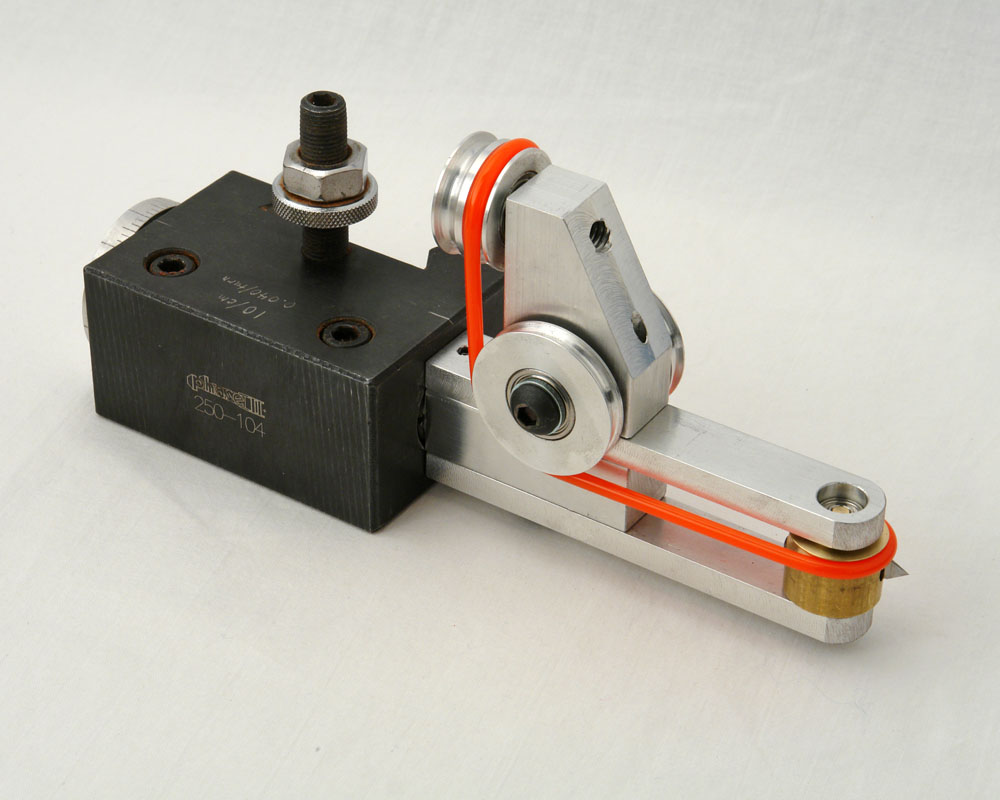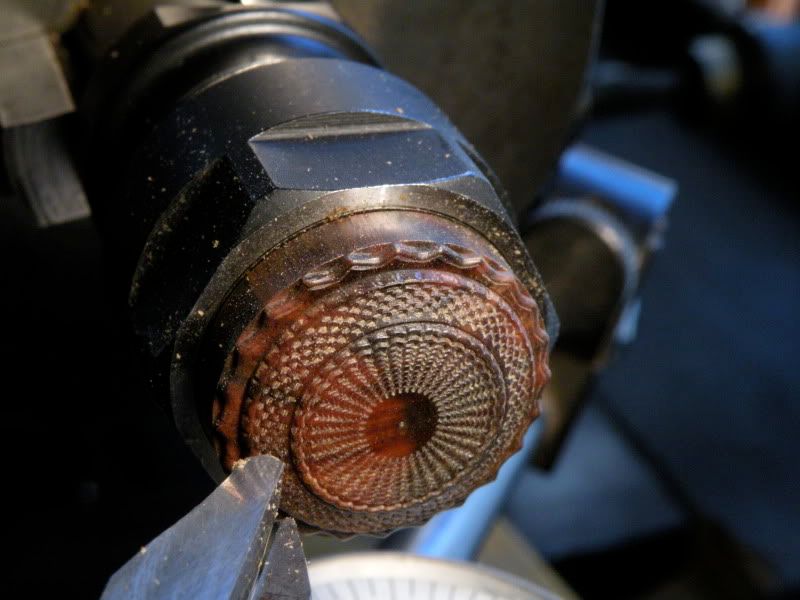Well, a high res bitmap could be translated and wrapped for an indexer in Aspire or Artcam.
Better than bitmap though would be a true vector output in dxf or ai as so often even high res bitmaps need a lot of cleanup after the bitmap to vector convertor in a cad/cam program does their thing.
Also means that all those who don't work in g-code (or whose version of g-code is different) can use it.




 Reply With Quote
Reply With Quote










